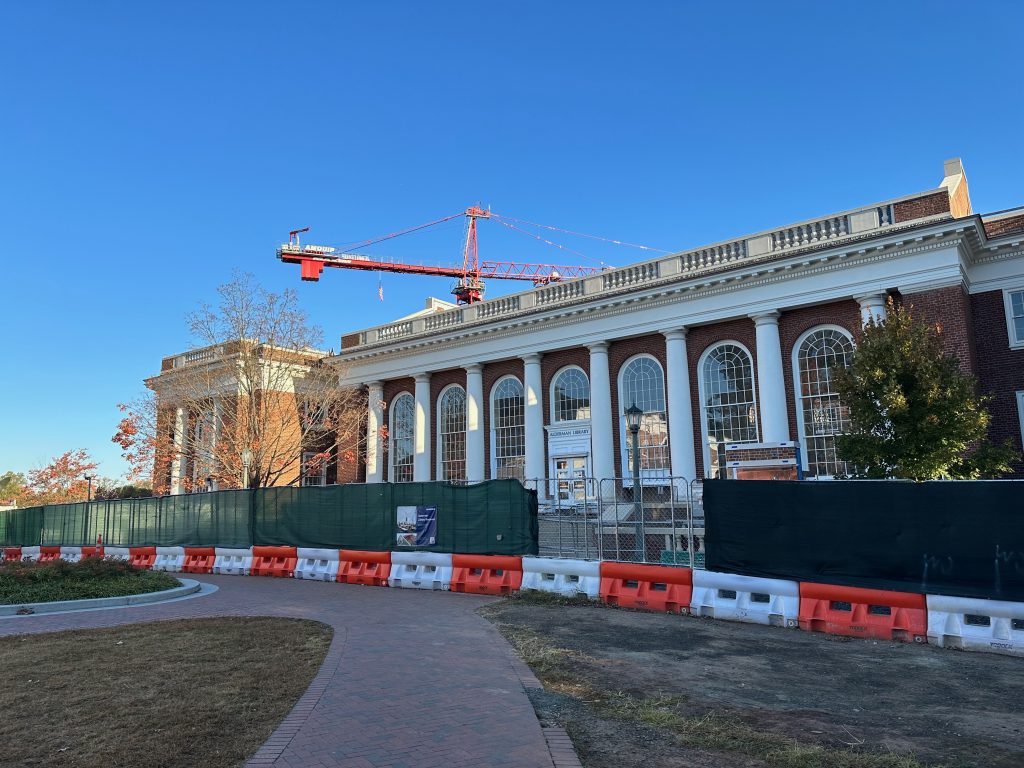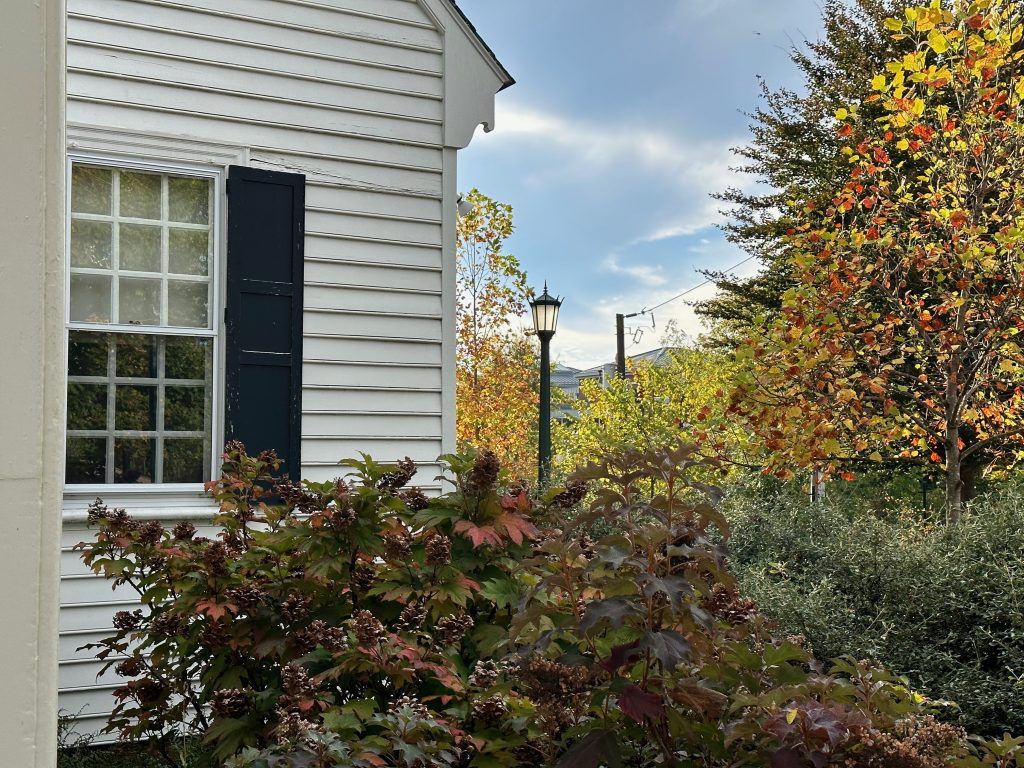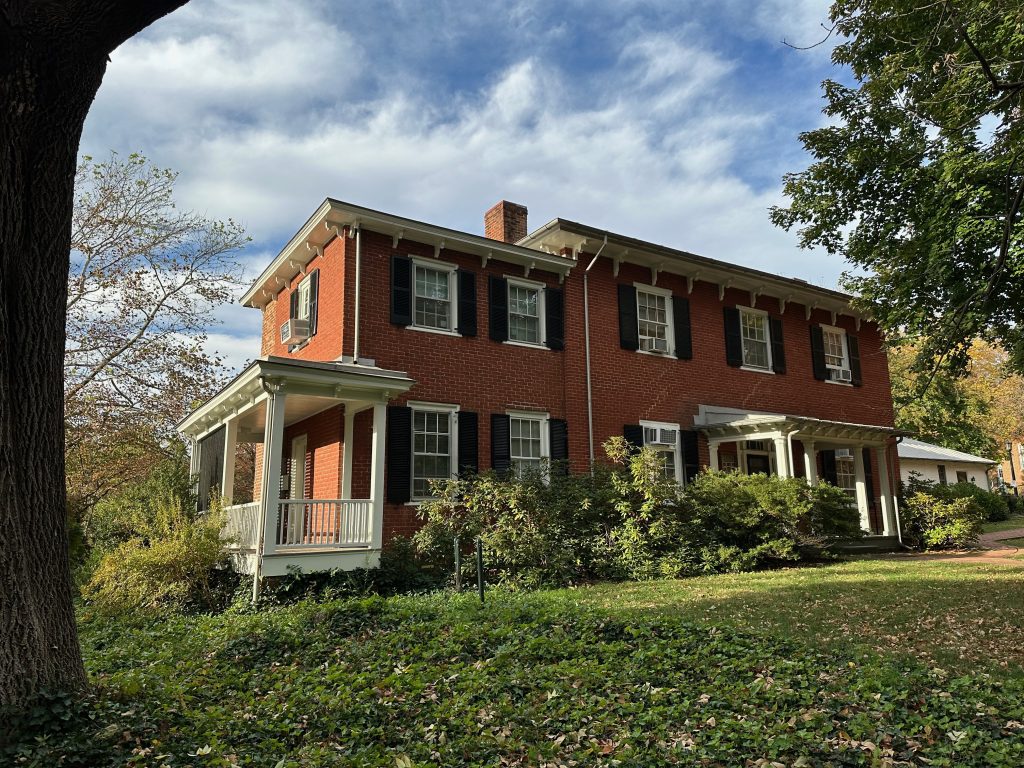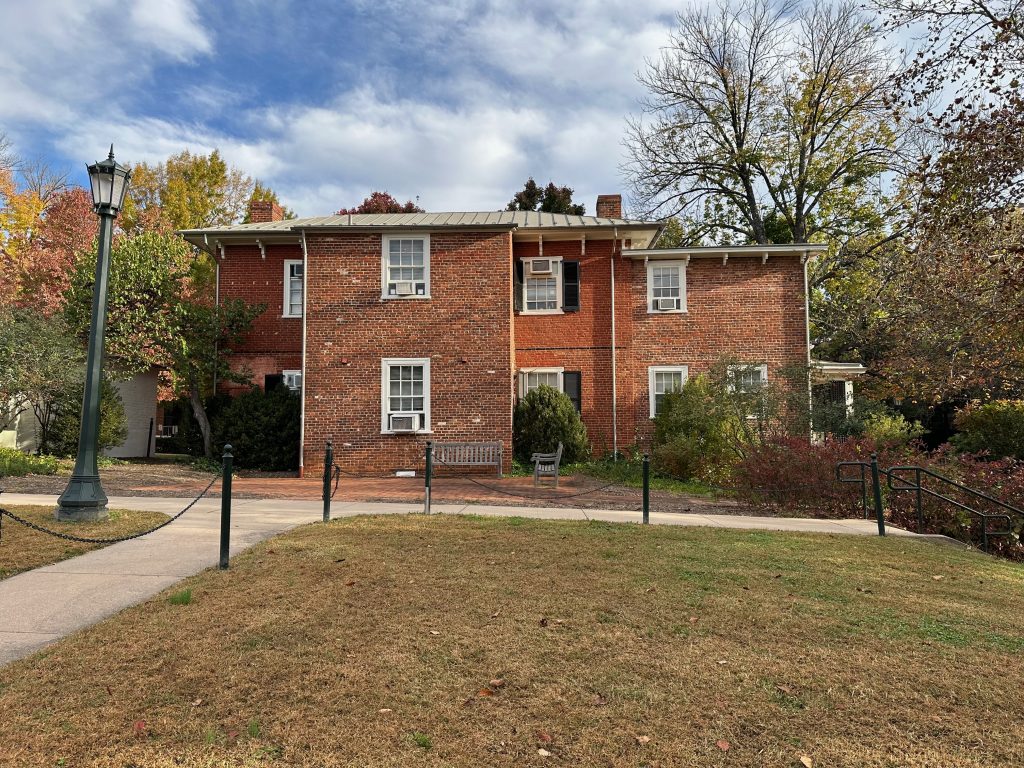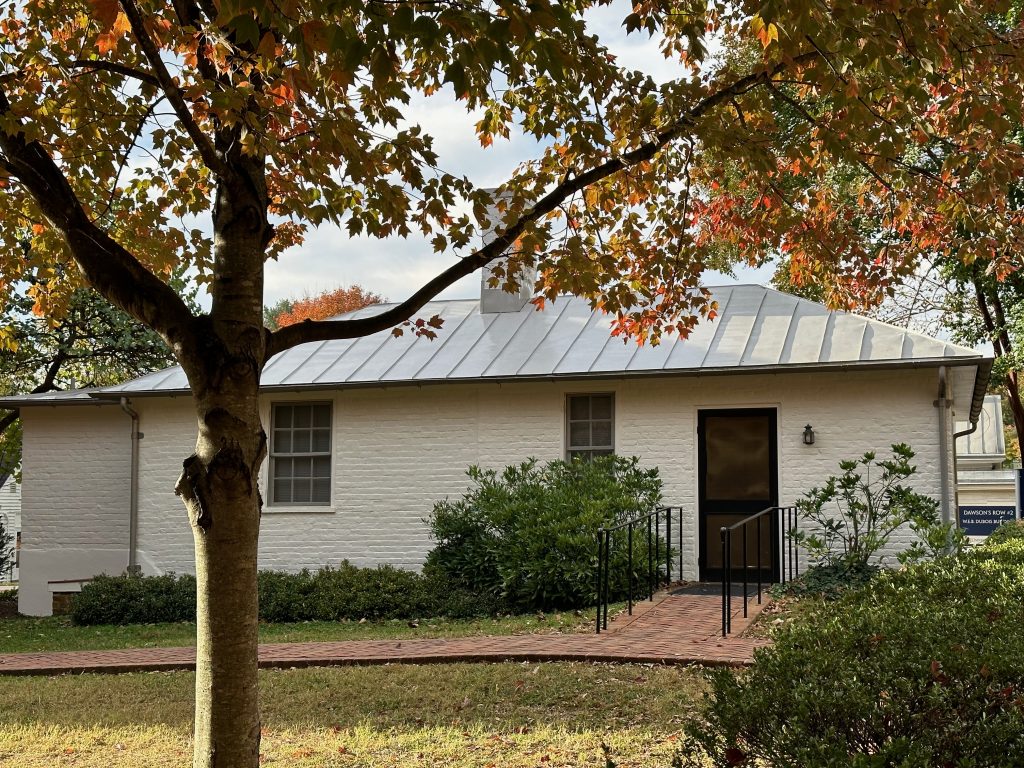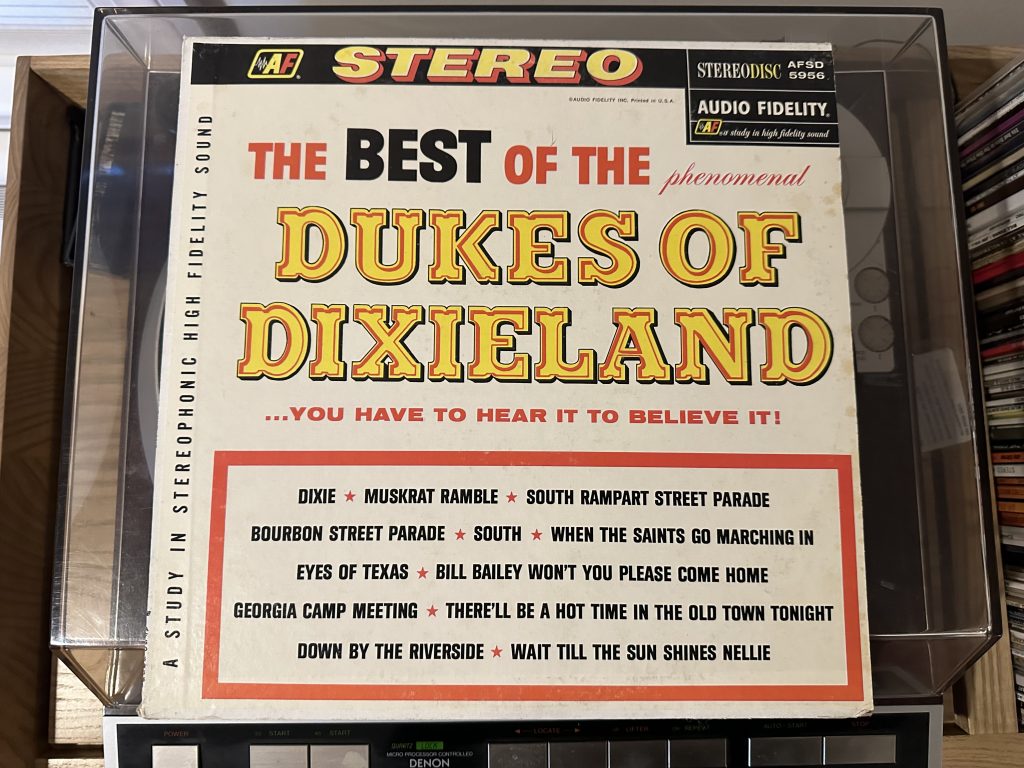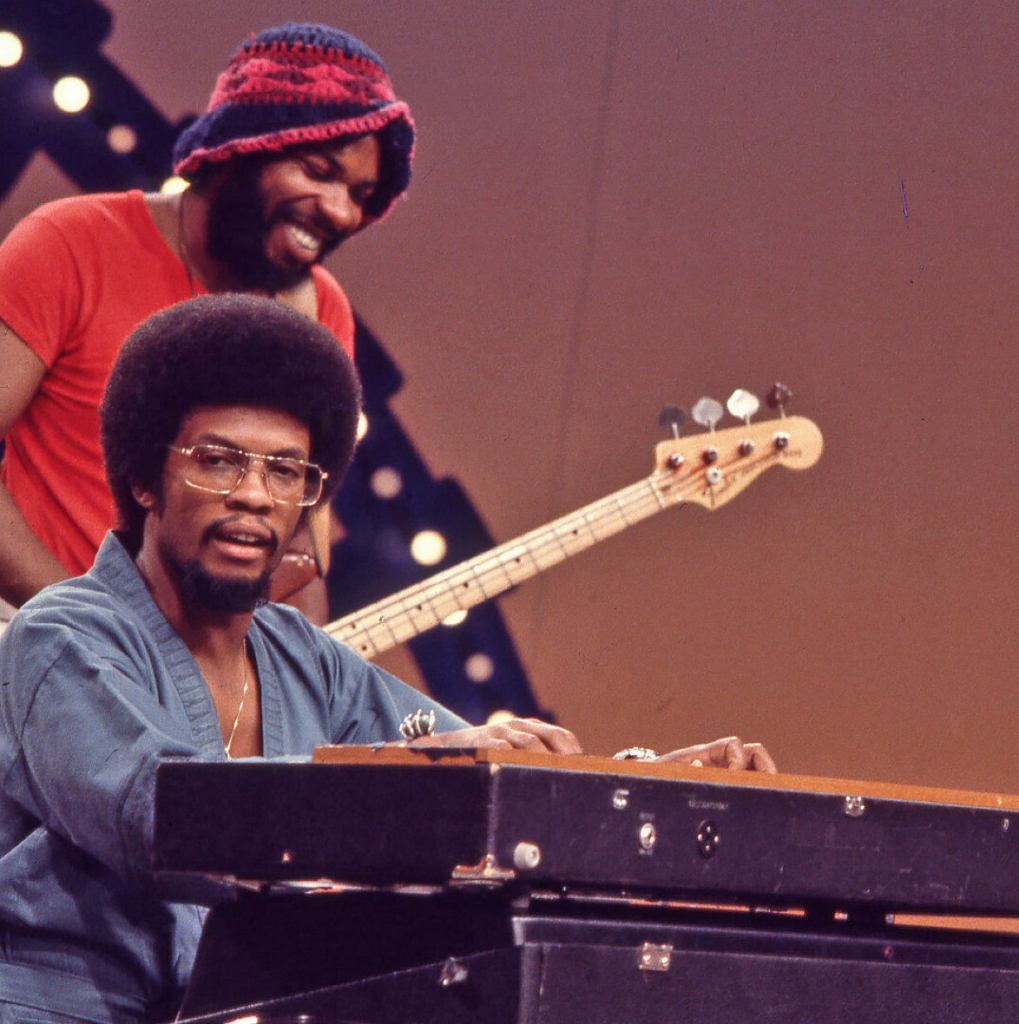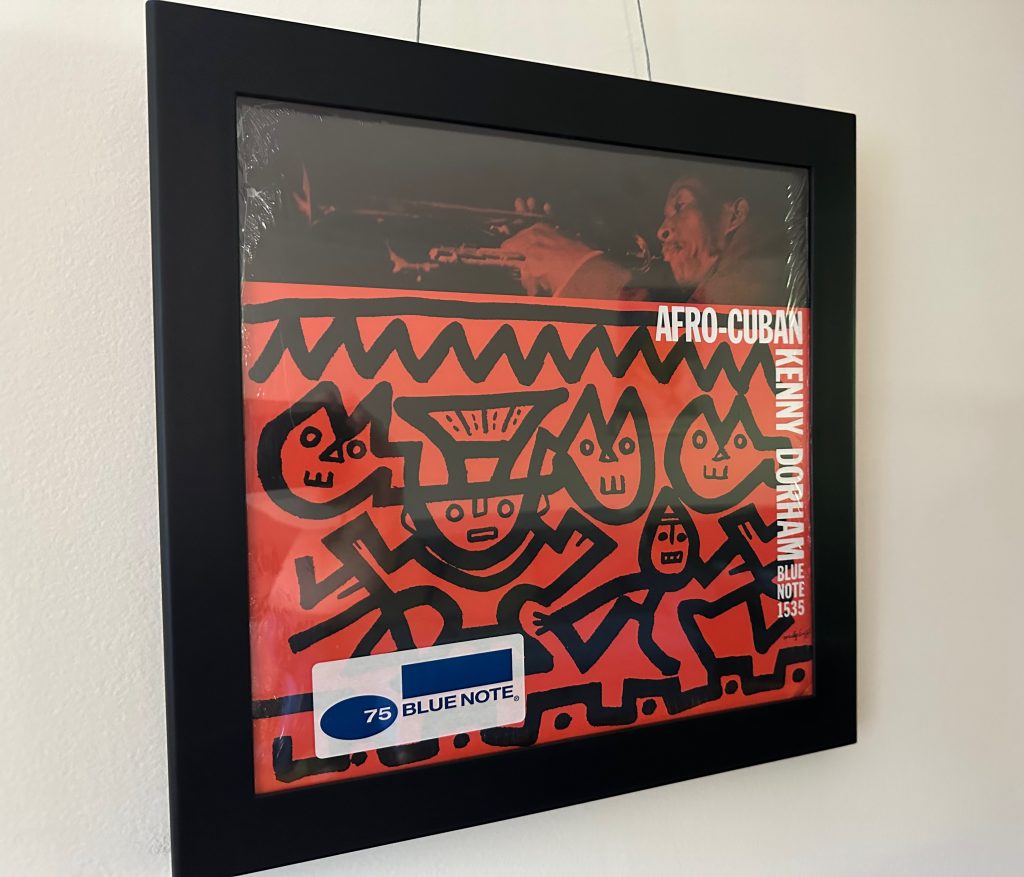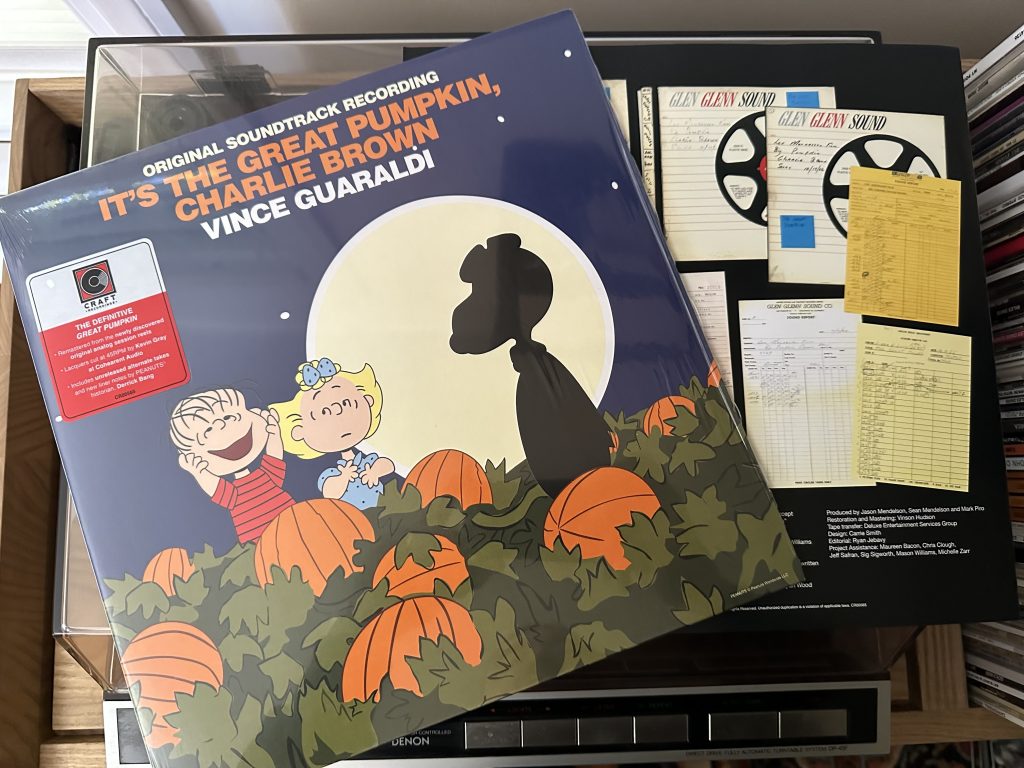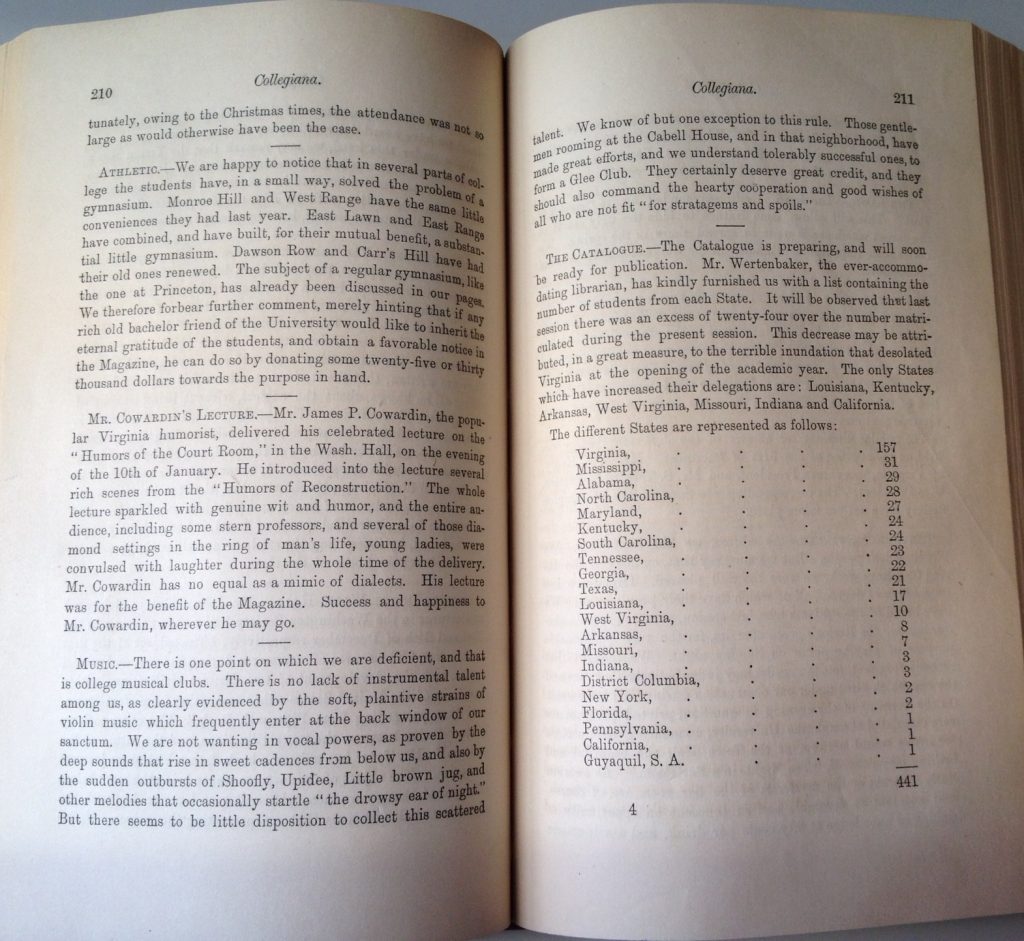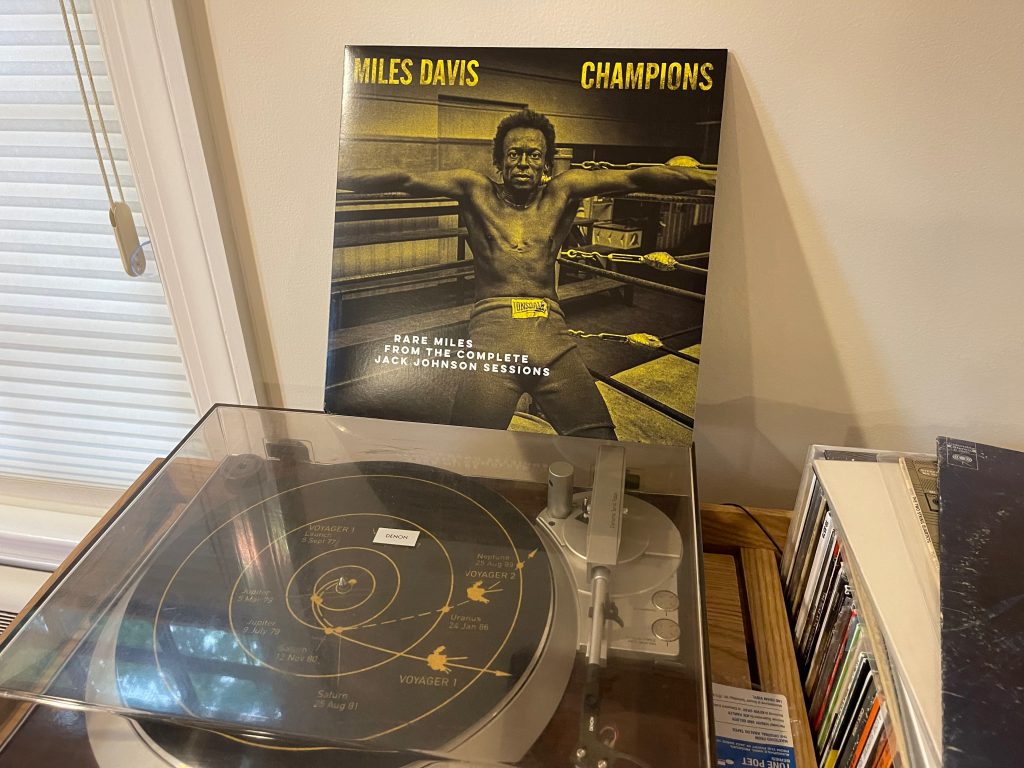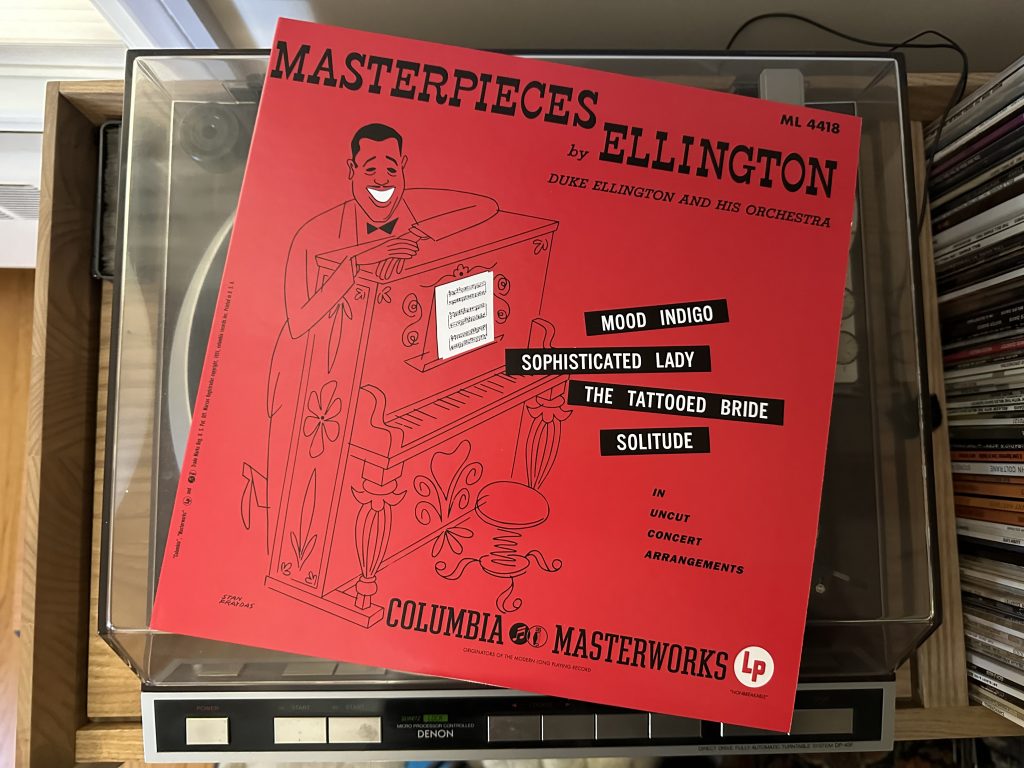
Album of the Week, October 29, 2022
I’ve written a little about Duke Ellington before, but not yet in this series. But he’s been at the back of much of what we’ve listened to, however distantly. When the pianist and composer Marcus Roberts (of whom we’ll hear more later) chose three composers to pay tribute to in his first solo jazz album, he chose Jelly Roll Morton, Thelonious Monk, and Ellington, and it’s that foundational compositional genius that’s on display in this record.
Ellington’s music grew to fit the recording space allotted. Much of the earliest Ellington recordings, on 78 RPM records, were dance songs, constrained by the space available in the technology format but also by the genre. My late father-in-law used to talk about going dancing when Ellington’s band was playing (though he preferred Tommy Dorsey). But as the technology for recorded sound changed, Ellington shifted to longer forms: suites, expanded arrangements, and more orchestral-sounding performances. This record, released in 1951, was one of the first 12” LPs offering an unprecedented twenty-plus minutes per side. Ellington and his longtime arranger Billy Strayhorn, together with his standing band including (among others) Harry Carney, Johnny Hodges, Jimmy Hamilton, Paul Gonzales, Ray Nance, and Mercer Ellington, took full advantage of the space provided. (I’m reviewing a 2017 reissue of the album on 12” 45RPM heavyweight vinyl, released by Analogue Productions. It sounds incredible.)
“Mood Indigo” opens the album, and is one of the dance numbers that Ellington is best known for. Here it is revelatory, with the horns introducing the theme and yielding to a lugubrious solo reading of the theme by Harry Carney on the baritone sax, with Ellington’s piano gently accompanying. And then it gets interesting. The next chorus sees the horns return, but in a higher harmonization. Hodges takes the next two choruses, with the second one breaking the general legatissimo as Ellington stabs the chords beneath him. Another horn chorus seems to break free of time and tonality, but stays anchored in B♭. Ellington’s next solo tugs again at the key and finally pivots it upwards to E♭, where it stays as the vocalist Eve Duke (here credited as Yvonne Lanauze) takes a chorus and a verse, the horns underneath helping her shift into E♭minor and then back to the major, and finally back down to B♭. And so the arrangement goes for nearly 16 minutes, with additional surprises ahead including two choruses of growler muted trumpet, another free exploration that seems to break free of key, an excursion into waltz time, a trombone solo, and even more.
“Sophisticated Lady” is another Ellington dance number that becomes a suite in this reading. A brisk piano introduction yields to the bass clarinet of Harry Carney and back to Ellington’s phantasmagorical chords. When Ray Nance’s trumpet steps in, it’s a clarion call, like the sun coming through the clouds. Eve Duke’s returning vocals shift the key from A♭up to D♭. Ellington takes a free solo that is capped with the horns entering in a fanfare that becomes a recapitulation, and the band takes it to a climactic resolution.
“The Tattooed Bride” is the most recent of Ellington’s compositions on this record. Written in 1948, it becomes a showcase here for Jimmy Hamilton’s clarinet, which opens the first statement of the chorus. The band embraces the brisker tempo, with the horns throwing bits of the melody to each other, and then shifting into a minor key as the bride, apparently, begins swing dancing. Hamilton’s clarinet returns in a meditation on the theme that’s punctuated by a blast from the horns, and finishes the tune on a high, sustained F as the horns anchor the tune.
The record closes with “Solitude,” another blue Ellington ballad. Here Ellington introduces the melody almost at a trot, and then the band arrives and settles the tempo down to a more meditative stroll for the first chorus. When they drop out entirely, the piano solo stops time for an eternity before Johnny Hodges returns to take us back into chronology. The trumpet underscores the intensity of the moment before the band shifts once more, this time bringing forward the clarinet and trombone, who picks up the tempo for the final chorus before swooning to the finish.
Listening to this album, it’s easy to hear the truth of the old saying about Ellington: that he played the orchestra like a piano, and played the piano like an orchestra. The album captures Ellington in true high fidelity, as the transition to the LP and to recording on magnetic tape offered himsonic palette of seemingly unlimited color, with which to paint his masterpiece. But this would not be the last time Ellington adjusted his approach to recording. When we hear him next week, he will be in very different surroundings.
You can listen to the album here:

